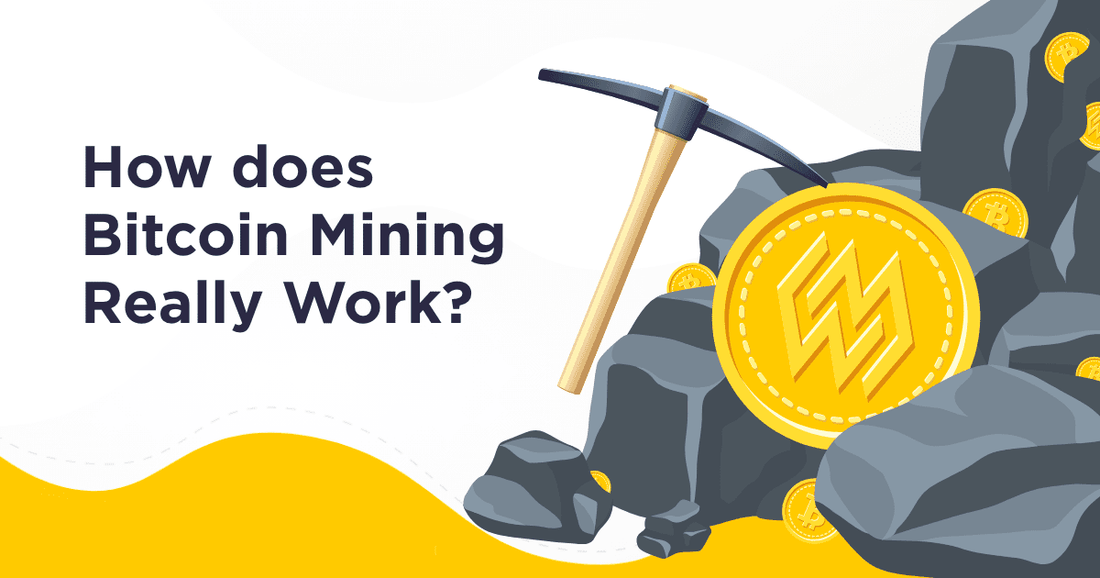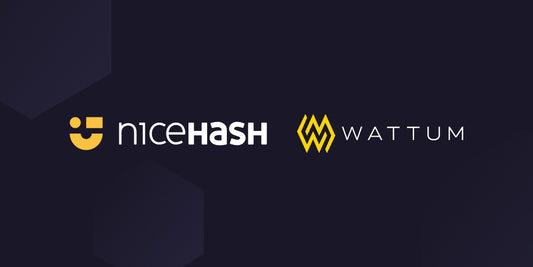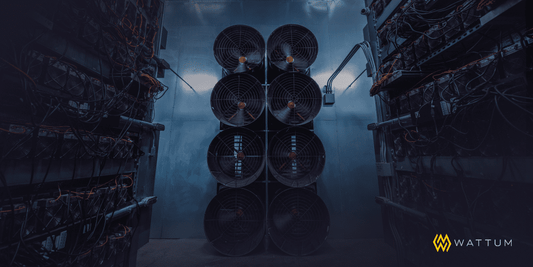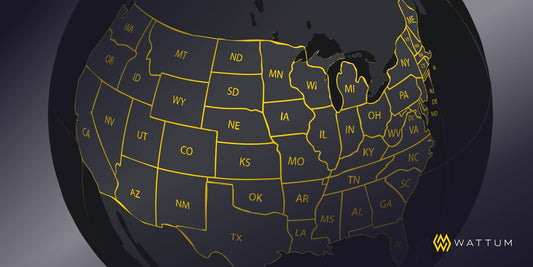Bitcoin’s recent boom and widespread adoption has many curious about how they can capitalize on the rise of the world’s new form of currency. If your familiarity with Bitcoin is more-or-less limited to what you’ve read in Elon Musk's tweets, fear not: Wattum has you covered. This guide is your crash course on Bitcoin mining: the what, the why, and the how.
What exactly is Bitcoin?
Bitcoin is the world’s first decentralized cryptocurrency, first introduced in 2009. Free from the control of any central bank or entity, highly secure, and virtually impossible to forge, Bitcoin addresses many of the problems we face with traditional fiat currency. To mitigate against inflation, the total supply of this digital asset is limited to 21 million coins, which can never be increased. Each coin can be divided into a hundred million pieces, named “Satoshis,” after the creator of Bitcoin. Individual Bitcoins are created through a complex yet relatively accessible process called mining, which has evolved into a major industry as Bitcoin’s price has risen sharply in recent years.
Bitcoin is decentralized, meaning there is no intermediary between holders during transactions. Our existing financial systems are centralized, with central banks controlling the flow of capital.
One of Bitcoin's main value propositions is its decentralization, meaning that there is no intermediary between owners of the currency. This allows individuals to send currency without going through a bank or a central authority, empowering crypto owners. This utilizes Blockchain technology, which is the process of using the same general ledger to track all transactions. Each block of the chain has corresponding signatures that create the chain, irreversibly putting the information in a specific order that cannot be tampered.
Bitcoin utilizes Blockchain technology, which records all transactions onto the same general ledger, meaning people cannot change previous entries. This keeps Bitcoin secure and virtually unhackable.
How does Bitcoin mining work?
Like gold, part of what makes Bitcoin scarce is that it needs to be ‘mined’. In fact, the process of mining cryptocurrency actually bears similarity to mining gold: to mine Bitcoin, people dedicate computing power to ‘chip away’ at complex cryptographic equations, which serve to verify blocks of transactions. These transactions are then documented on a virtually unchangeable distributed ledger. This means past transactions cannot be altered and forgery is impossible. In exchange for their computing power, miners are compensated with a small amount of new Bitcoin. This is the only way to introduce new Bitcoin into circulation.
Bitcoin miners help secure the cryptocurrency through lending their computing power to verify transactions. They are rewarded by earning small increments of Bitcoin.
Where’s the money in Bitcoin mining?
Miners collectively earned more than $1.1 billion worth of Bitcoin in January 2021 alone. The value of Bitcoin is determined by the markets on which it is traded, typically dedicated cryptocurrency exchanges. Like any scarce asset, Bitcoin’s value increases with demand. With Bitcoin’s remarkable ascent to $50,000 from mere pennies, many investors have made fortunes. As Bitcoin continues to breach the mainstream, experts predict that hitting its new milestone of $100,000 is not too far off.
How can you mine Bitcoin?
- Purchase a Bitcoin mining rig. To begin mining, you first need the right computing equipment. Purpose-built ASIC mining rigs are special hardware used to mine Bitcoin at an incredible speed. Due to their significant electricity, cooling and maintenance needs, these mining rigs are typically hosted at dedicated hosting facilities.
- Get a Bitcoin wallet. Bitcoin wallets allow you to receive your Bitcoin and do with it as you please. Software wallets are optimal for beginners because they are relatively secure, but still easy to manage. For more serious miners, hardware wallets can offer enhanced security, although they generally come with a higher price tag.
- Install mining firmware on your mining rig. These mining programs allow you to stay connected to the blockchain and Bitcoin network. This allows you to monitor your miner from a distance and also receive complete information about your mining work.
- Start mining. Following these three steps, you are now ready to mine!
ALTERNATIVE: Join a mining pool. With huge mining farms around the world, it can be hard for a single miner to compete to mine Bitcoin. This is mitigated by the use of mining pools, which combine the computing power of numerous miners and then divide the mined Bitcoin amongst the members according to their power contribution. Typically charging a nominal 0-2% of the gained reward as a pool fee, mining pools typically deliver lower, but more consistent profits. There is also a small 0-2% of the gained reward that is paid to the pool as a fee.
Want to make the mining process even easier and lower maintenance needs? Consider Wattum’s professional hosting and management services. With Bitcoin mining operations in the United States, Canada, Russia and Kazakhstan, Wattum is an established player in the industry that will make sure your mining hardware is running at peak performance.



